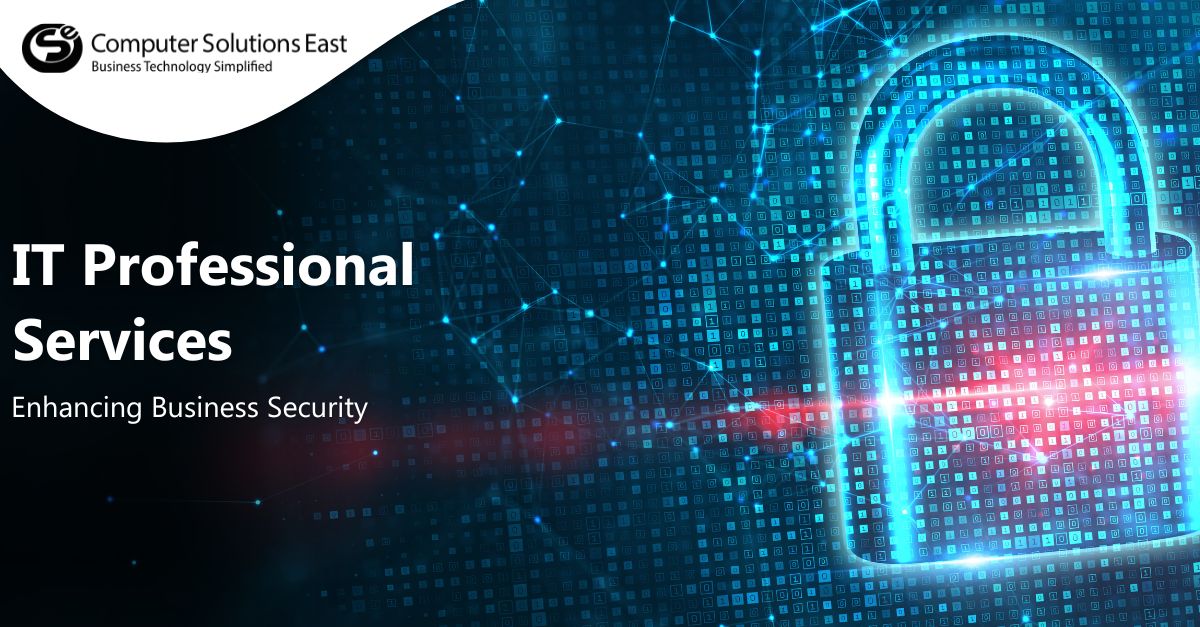Enabling Secured WFH environment with Microsoft Zero Trust Model
Many enterprises had to quickly switch the working models to respond to the pandemic, with many adopting the work from home system. Although none could have anticipated the planet’s current state, it gave a very real-world test of investments that businesses developed internally by introducing a Zero Confidence safety model. The majority of growth-oriented enterprises are leveraging cybersecurity services to safeguard their employees’ data and devices.
The Zero Confidence journey began over three years ago and is very much credit for companies’ success incorporating WFH policies. Zero Trust was crucial to make this change to a home-work model relatively free of friction. One of the main components of the Zero Trust implementation is that our staff have access to applications and services, irrespective of their location. The companies also encourage employees to be active, whether at home, a coffee shop, or anywhere.
To enable this, one needs to make sure that most of the resources are accessible through any internet connection. Applications and utilities that use the cloud and advanced authentication mechanisms are the preferred way to do this. It is done using an application proxy service as a broker to connect to the local environment for legacy applications or services unable to move to the cloud while also retaining clear authentication principles. 
The results of these efforts, working in conjunction with a VPN setup that allows separate tunnels to access the few other local applications, enable the employees to operate anywhere in the most critical period.
Implementing an internet-first model for your applications
Businesses must adopt the internet-first approach by keeping a cybersecurity consulting service by their side. Each organization has its own specific culture, climate, infrastructure, and change threshold; no one-size-fit solution exists. Hopefully, while they are to validate, you will find some of this knowledge useful.
The zero-trust protection model must complete some of the basic factors, including updating the identification system to validate sign-ins with MFA, registration of computers, IT security policy enforcement, etc. It is not possible to switch to an Internet first location without these measures in place.
Secure access via adaptive access policies
Once your applications are available via the public internet, you want to monitor access based on the conditions you want to submit. We use conditional access policies at Microsoft to implement granular access control, for example, multi-factor authentication, based on the context of the user, machine, location, and session hazard information. We also implement system management and health policies to guarantee that the employee is supplied with a recognized and healthy computer after a good authentication has been achieved.
You will want to start slowly by introducing multi–factor authentication and system registration, depending on your company’s size. Then you will expand the range of bio-authentication and complete machine health compliance. See our advice on ZeroTrust identities and devices for additional guidelines that we implement internally.
Start with a primary application
You can pick the first application to switch to the public internet in a few ways. Do you want to begin with something tiny and uncritical? Or maybe you want to “flip the switch” to cover it all at once? The cybersecurity service provider can help you identify your hero or so-called primary application, which shows it works on a scale.
Office 365 is a viable option because it is the most extensive coverage. After all, most workers use it every day, regardless of their position, where successfully introducing one such app would enhance the holistic portfolio.
It will eventually come down to the IT infrastructure that can help attain threshold and corporate culture. Choose the right direction for you and move forward as each option provides useful knowledge and experience that will help later.
Prioritizing remaining apps and services
Enterprise needs to prioritize software and services that are on update next and which can be challenging to do so without a clear view of what employees access in that environment. It is safe to assume what people would find, but no specifics can be made available during the initial findings.
Here, the cybersecurity solutions can help provide the dashboard that records real traffic volumes for on-premises apps and services still routing to give visibility. Such an approach would provide. This provides critical decision-makers with much-needed information to prioritize security applications and services focused on effects, difficulty, and risk management.
Enterprise-level security applications will ensure providing a haven to the teams working remotely. Those at the helm of affairs can run these tools on the employees’ systems with the dashboard to monitor all possible network activities. This way, it gets easy to retrieve on-site applications and resources while predicting future exposure to security lapses. Perhaps, the Zero Trust model is the best bet for businesses looking to secure the remote work environment without compromising.


